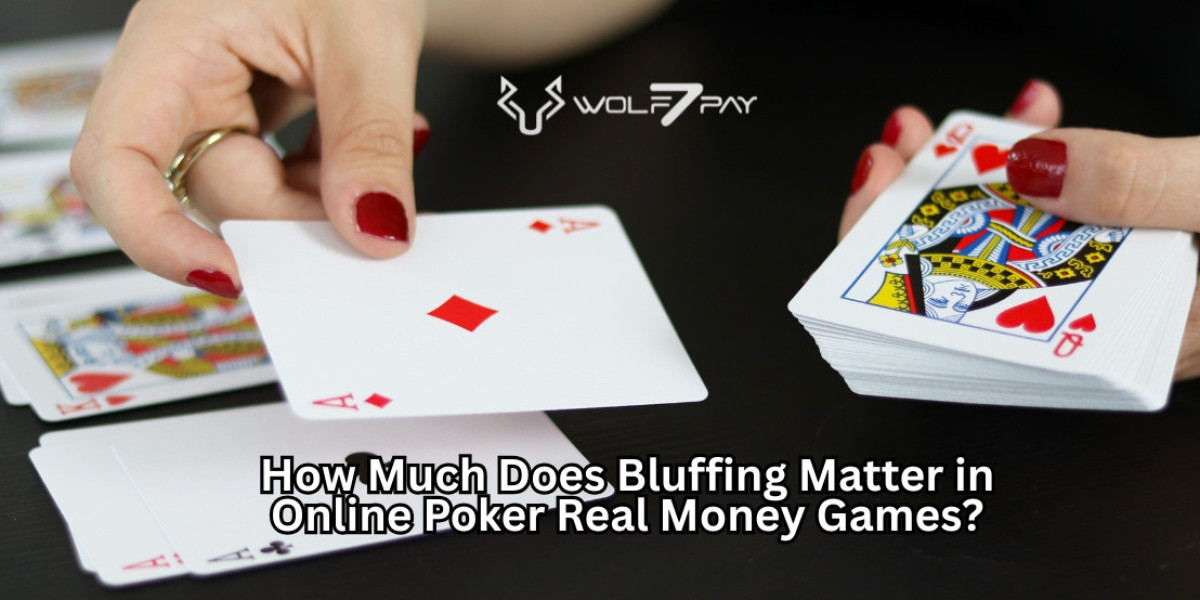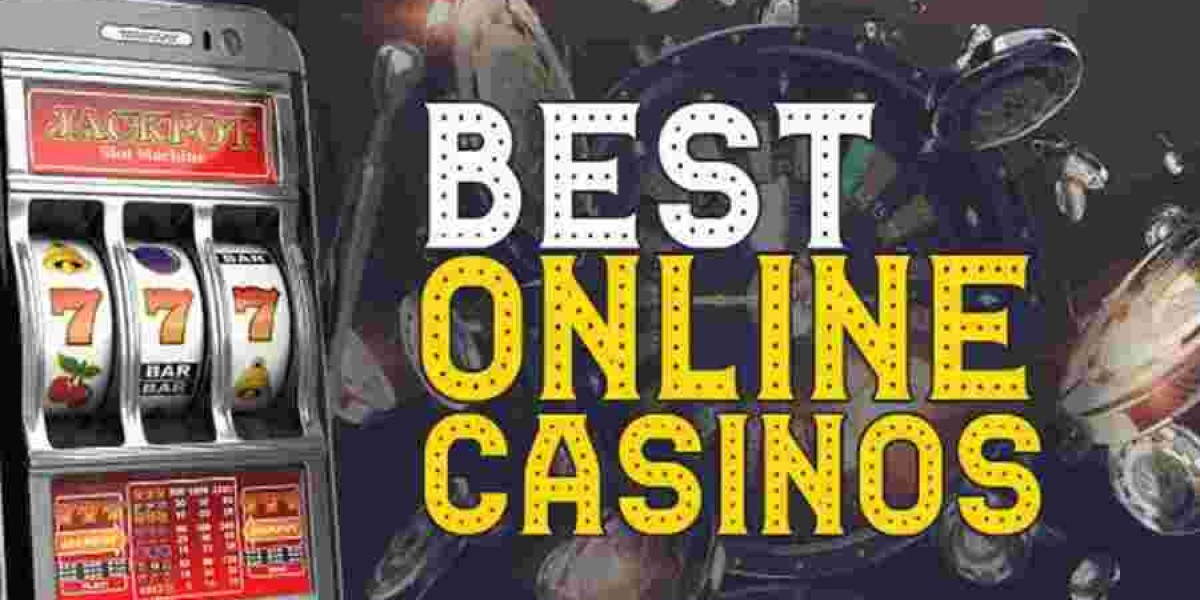Bluffing has always held a kind of mythic status in poker lore. Iconic moments in poker history often revolve around a well-executed bluff that left the table in shock. But when it comes to online poker, where opponents are just usernames and reaction time is limited to milliseconds, does bluffing still hold the same power?
Let’s unpack how much bluffing really matters in the online arena, especially when you're playing with real money on the line.
The Traditional Value of Bluffing
In live poker, bluffing has long been used as a strategic weapon. Reading body language, interpreting table talk, and adjusting to visual cues have all been important tools in spotting bluffs or executing them. Players bluff to represent strong hands they don’t have, aiming to push opponents with better hands to fold. Done correctly, it can turn a weak hand into a game-winner.
In live environments, bluffing also has a psychological edge. You can manipulate table image, tilt other players, and gain a mental upper hand that lasts throughout the session. But does this translate to the online world?
Bluffing in Online Play: A Different Ball Game
Online poker strips away many of the human elements. There’s no facial expression to read, no nervous twitch to spot, no eye contact to avoid. As a result, bluffing online becomes more about betting patterns, timing, and opponent profiling than theatrics.
In the context of online poker real money games, bluffing still matters—but in a very different way. In the middle of a cash game or tournament, players who can read betting habits and understand positional advantage can bluff effectively. However, online play rewards consistency and data-driven decisions more than gut feelings or dramatic moves.
This doesn’t mean bluffing disappears; it just evolves.
When Does Bluffing Work Online?
There are certain conditions where bluffing can be a powerful tool in online play:
Against Tight Players: Players who fold frequently and only play premium hands are ideal targets. If your betting tells a believable story, they’ll often fold weaker hands quickly.
From Late Position: If everyone folds to you and you're in a late position, a raise or continuation bet can often force folds regardless of your hand.
On Scary Boards: If a board shows potential straights or flushes, you can use that to your advantage even if you're not holding those combinations.
In Heads-Up Pots: Bluffing becomes more effective when there’s just one opponent to convince. In multiway pots, it’s much riskier.
Types of Bluffs in Online Poker
Continuation Bets (C-Bets): This is the most common form of bluff in online poker. If you raised pre-flop, a c-bet on the flop, even with a weak hand, can maintain pressure and often win the pot.
Semi-Bluffs: You bluff with a drawing hand that might improve on later streets (like a flush or straight draw). Even if your opponent calls, you have outs to win the pot.
Pure Bluffs: These are high-risk moves where you have no hand and no draw. Pure bluffs should be rare and carefully calculated.
Overbets: Betting significantly more than the pot can scare opponents into folding. However, use this with caution—good players will see through excessive aggression.
The Risks of Bluffing Too Much
One of the biggest dangers in online poker is developing a reputation. While players can’t see your face, many use HUDs (Heads-Up Displays) or tracking tools that monitor your stats. If you bluff too often, opponents will catch on. They’ll start calling your bluffs more frequently, and your losses will stack up.
In addition, most online poker sites have millions of hands being played daily. The average player is exposed to so many hands that patterns quickly become obvious. If your bluffing frequency is too high, even less experienced players will start picking up on your tendencies.
Adapting to Your Opponents
Bluffing should never be a default strategy. The most successful online players adjust their style based on the competition:
Against beginners: Bluff less. These players often call with marginal hands.
Against advanced players: Mix it up. A well-timed bluff in the right spot can win big pots.
Against regulars: Stay unpredictable. Don't bluff at regular intervals or in obvious spots.
This adaptability is where bluffing holds real value. It’s not about constantly tricking your opponents—it’s about knowing when deception can increase your overall profit and when it’s better to play it straight.
Tracking Bluff Efficiency
Another major advantage in online poker is the availability of hand histories. Players can review past hands and analyze the success of their bluffs. This helps in fine-tuning strategies and avoiding repeated mistakes.
You can ask yourself:
Were my bluffs believable based on the board?
Did I consider my table image?
Was my bet sizing realistic?
Over time, you'll build a mental database that makes your bluffing more effective and less risky.
Bluffing and Bankroll Management
Perhaps the most overlooked element is how bluffing affects your bankroll. Reckless or frequent bluffing can cause major variance, especially when you're playing for real money. Strategic bluffing should be part of a larger, disciplined game plan that protects your funds and keeps you in the game long-term.
Conclusion
Bluffing in online poker remains a relevant, albeit redefined, skill. Without the physical cues of live poker, successful online players rely on timing, patterns, and player profiling to bluff effectively. While it shouldn't be overused, a smart, well-timed bluff can be the difference between breaking even and booking a win.
In the world of online poker, bluffing is no longer about theatrics—it’s about cold, calculated decisions. Mastering this shift is what separates casual players from consistent winners.








